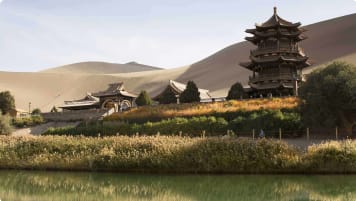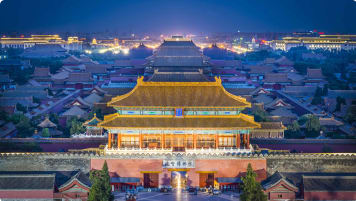History and Legacy of the Silk Road route
The Legacy of the Silk road is outlined in this short definitive article for mature age travellers planning to take a small group tour along through these 3 countries over 29 days. The program is designed for mature couples and solo travellers.
26 Nov 18 · 10 mins read
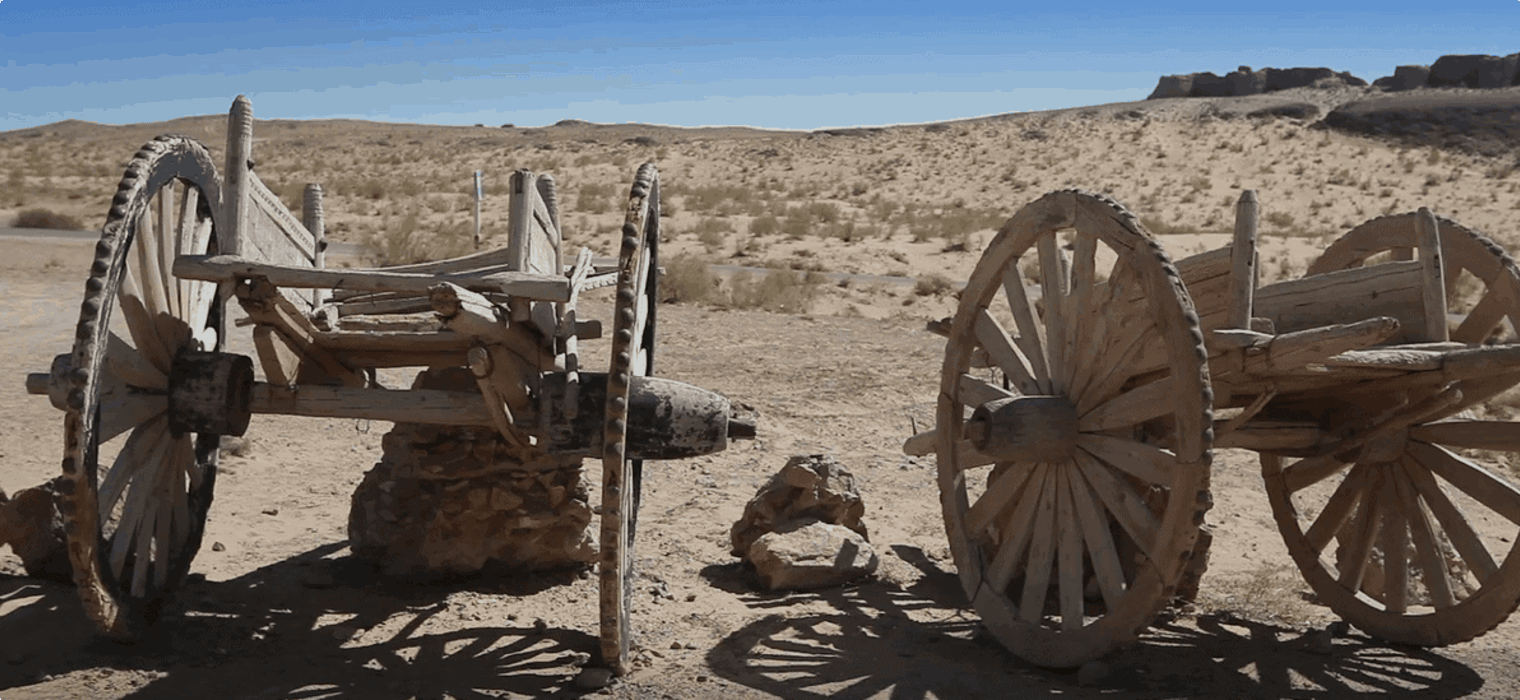
The History and Legacy of the Silk Road route
The Silk Road route (also called the Silk Routes) was an extensive system of trade routes formally established during the rule of China’s Han Dynasty. The silk road routes traversed the Eurasian steppe (and later, through oceans and seas as the maritime silk road ), connecting the East and the West by an overland route initially. The ancient silk road was really a trade route with a Northern route and a Southern route in a two-way movement of goods and ideas. The routes were developed between the 2nd century BC and 1st century AD and remained in use until around the 15th century.
On June 22, 2014, UNESCO designated a 5,000-km stretch of the Silk Road network from Central China to the Zhetsyu Region of Central Asia as a UNESCO World Heritage Site (listed as the Routes Network of Chang’an-Tianshan Corridor).

This ancient system of a caravan route (s) got its (rather misleading) name fairly recently: German scholar Ferdinand von Richthofen coined the term in 1877 to describe the trade routes, calling them Seidenstrasse (“silk road”). But we know now that more than silk was traded by the caravans.
In this post we will look at how the Silk Road was founded and how it affected the cultures of the countries and empires that travelled down this path.
Before the Silk Road: The Persian Royal Road
A portion of the old Silk Road was used by Darius the Great’s Achaemenid Empire, about 300 years before the Han empire (Dynasty) used the routes. Called the Royal Road, it ran for 2,400 kilometres (1,500 miles) from the ancient Persian capital of Susa across Anatolia to the Aegean Sea.
Darius the Great, developed the road to facilitate rapid communication across his empire, and his mounted royal messengers did indeed speed through the Royal Road route in nine days, a route that normally took ninety days to travel on foot. Greek historian Herodotus wrote that “[t]here is nothing in the world that travels faster than these Persian couriers” and that “[n]either snow nor rain nor heat nor gloom of night stays these couriers from the swift completion of their appointed rounds”, which modern readers may associate with the United States Postal Service as Herodotus’ words were inscribed on the building of the New York Post Office. Alexander the Great also took advantage of the Royal Road in his invasion of the Persian empire.
Numerous caravanserai dotted the Royal Road to provide a place for travellers to rest and recover. The name for the roadside inns was derived from the Persian compound word karvansaray (combining karvan “caravan” with saray “palace”). Use of the inns, which were built with a central open-air courtyard, would continue during the years of the Silk Road trade.
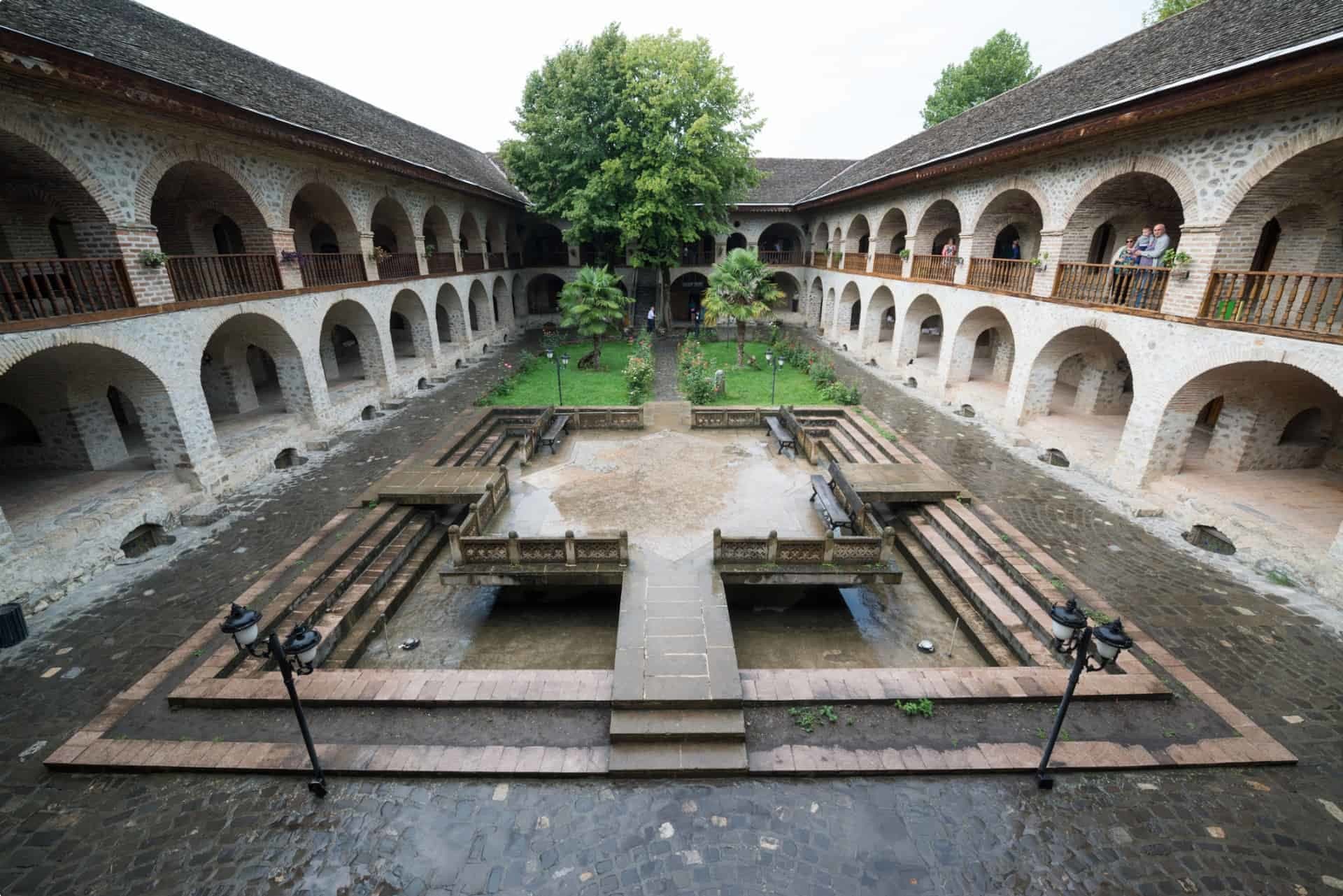
The Birth of the Silk Road
The Han Dynasty ruled its empire for 400 years , longer than any other Chinese dynasty. The Han Dynasty is credited for various cultural achievements and for establishing a heritage that is thereafter considered uniquely Chinese.
A constant threat to the ancient Chinese were the Xiongnu , a nomadic people who first appear in Chinese historical records around the 5th century BC. The Xiongnu ’s frequent invasions prompted the construction of the Great Wall of China, which was completed during the Qin Dynasty’s short rule. When the Han Dynasty succeeded the Qin, they adopted a more aggressive policy under Emperor Wu to counteract the invasions. Wu learned that the Xiongnu had defeated a Central Asian people called the Yuezhi (Yueh-chih), and sent an emissary, Zhang Qian (also spelled Chang Ch’ien), to negotiate with them and perhaps form an alliance against their common enemy.
According to Peter Hopkirk’s Foreign Devils on the Silk Road (first published in 1980, re-issued in paperback in 2006 and 2016), Zhang Qian set out with a caravan of a hundred men in 138 BC. The trip did not go as smoothly as he had hoped. He and his men were captured by the Xiongnu and were kept captive for 10 years. They were treated well and Zhang Qian was even given a wife, but they did not want to continue living with the enemy.
Zhang Qian and a few surviving members of his party managed to escape and reach the Yuezhi, who had grown prosperous and were no longer interested in seeking revenge against the Xiongnu. Finally, 13 years after he left China, Zhang Qian managed to return and report to Emperor Wu about the sights he had seen, which “caused a sensation at the Han Empire court” (Hopkirk, 2016).
Of immediate importance was Zhang Qian’s report about a new breed of horses he found in Central Asia, larger and more powerful than the small local breed of horses that the Chinese use. The Han Dynasty acquired these warhorses (depicted by Han artists in their sculptures) to fight their nomadic invaders. This made the emperor wonder: what other treasures could his empire find on this road through central asian countries? With the Xiongnu defeated, Wu turned to the west, seeing the route taken by his emissary as a way to facilitate China’s international trade along the silk route.

Does Silk Grow on Trees?
It does not, but the Romans sure believed so. Pliny wrote about China’s “wool of their forests” which they remove “from leaves with the help of water”, and Virgil described the Chinese “comb[ing] off leaves their delicate down” (Hopkirk, 2016).
We now know that silk is a natural fibre spun by the larvae of the mulberry silkworm to make their cocoons. Discovery of the fibre is attributed to the Chinese Empress Leizu around 2650 BC. Legend says a cocoon fell from a mulberry tree into her cup of hot tea, and she saw a shiny thread as she retrieved the cocoon from her cup. The silkworms were reared in captivity to produce the fibre in a practice called sericulture, and the Chinese guarded this secret for centuries to maintain their monopoly of the silk trade.
China’s early trade missions reached as far as Mesopotamia (modern-day Iran) which came under the rule of the Parthian Empire, an ancient civilisation, and the Chinese bartered with the Parthians, exchanging silk with unique goods such as ostrich eggs. The Parthians later became the middlemen of the Silk Road, serving as China’s intermediaries in its trade with the west.
The Romans first caught sight of silk while they were fighting the Parthians in war. Eventually the Romans bought silk from the Chinese (through the Parthians, of course) and the wearing of silk garments grew in popularity in Rome, so much so that Tiberius saw it as “an instrument of decadence” and banned men from wearing it, and the Roman state of Messenia had to forbid its women from wearing transparent silk dresses at religious initiations.
Despite these measures, the silk trade continued to flourish. The material was increasingly becoming so expensive that Roman merchants were forced to look for ways to bypass the Parthian middlemen. One solution was travelling by sea on a maritime route from India, which the Parthian merchants tried to curtail by spreading news about the sea route’s dangers.
The secret about the silkworms was discovered around 60 AD, but the Chinese managed to keep their silkworms under lock and key, so to speak, for around five more centuries–until the Byzantines came along.
The Roman Empire fell in 476 and was survived by its eastern arm, the Byzantine Empire based in Constantinople. Some historians say that two monks smuggled silkworm eggs hidden in hollow canes from China and provided them to the Byzantine Emperor Justinian, while others say Justinian himself sent the two monks, who were actually his emissaries in disguise. However it was procured, silkworm eggs were indeed smuggled to the west, and Constantinople became the first significant centre of silk-weaving in Europe until the fall of the empire to the Ottomans in 1453.
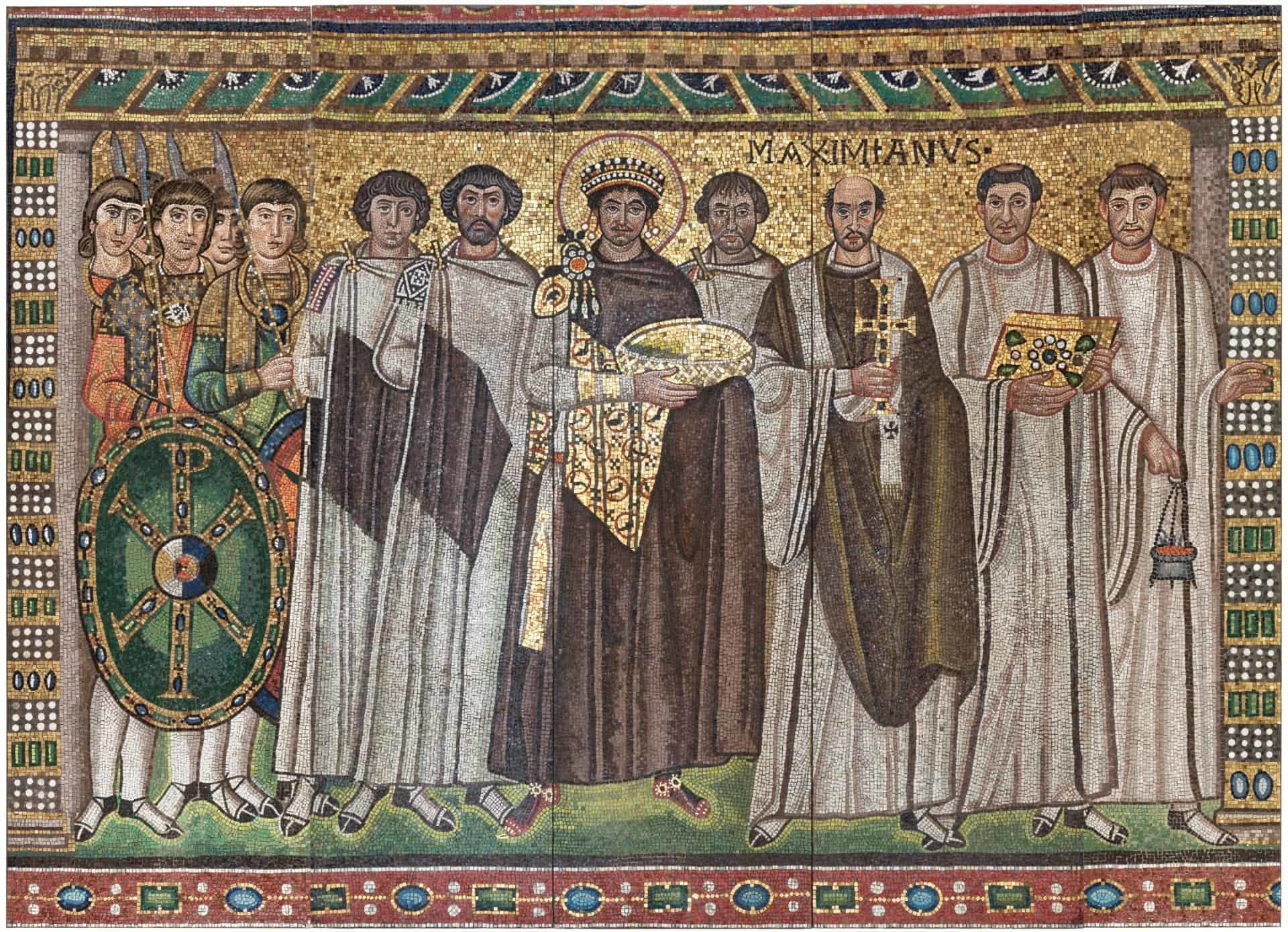
Other Goods on the Silk Road
Overland trade of silk became less important with the rise of silk production in Constantinople, but there were other goods traded on the Silk Road that gave life to this route. Paper and gunpowder, both Chinese inventions, as well as spices, were traded with the West. Other goods traded were fruits, animals, glassware, weapons, tea, porcelain, medicine, perfumes, and precious stones and metals.
Buddhism, born in northeast India, also made its way to China and had tremendous effect on its art and culture. It came to China by way of the Buddhist kingdom of Gandhara (now in modern-day Pakistan), which married the aesthetics of Indian Buddhist art and Greek art introduced by Alexander the Great. Hopkirk notes that “the Gandharan Buddha is shown by sculptors with a straight, sharply chiselled nose and brow, classical lips and wavy hair–all Hellenistic influences” (p. 23).
The Silk Road, which ran along the foothills of the Tianshan and Kunlun mountains bordering the Taklamakan Desert of Central Asia, was dependent on the oases, which got its water from glacier-fed rivers. As traffic increased on the Silk Road, some of these oases turned from mere re-fuelling stops to petty kingdoms. Like Russia with the Trans-Siberian Railway, the Han Dynasty periodically lost control of the Silk Road to independent rulers or tribes who wanted a share of the Silk Road profits, attacking caravans and pillaging their goods until the Chinese took back their control through diplomatic (and at times, violent) means.
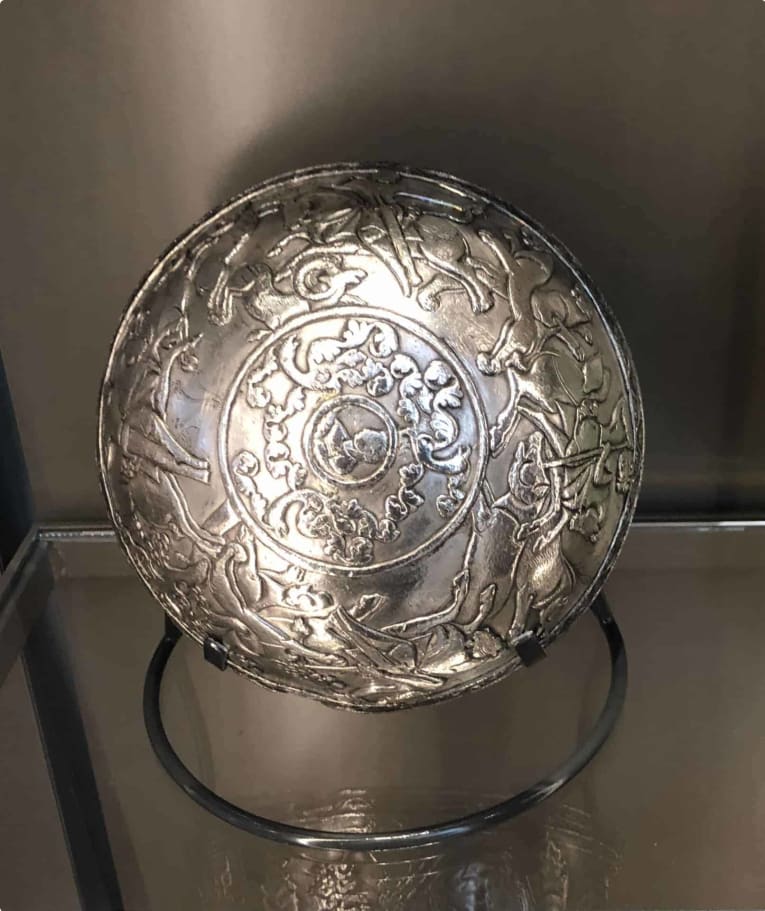
Cities also developed along the Silk Road routes, supplying the routes’ ports and markets of trade. UNESCO has a full list of the Silk Road cities, which includes Guangzhou and Xi’an (China), Isfahan (Iran), Bukhara (Uzbekistan), Jeddah (Saudi Arabia), Baku (Azerbaijan), Almaty (Kazakhstan), and Venice (Italy).

The Silk Road reached its highest glory under the Tang Dynasty, extending northwards to the Mongolian plateau and southwards to the Tibet plateau. Chang’an (located near modern-day Xian) was an important point of departure for the Silk Road and became a cosmopolitan metropolis, opening its doors to thousands of foreigners who made homes inside the city’s defensive walls. Tang Dynasty traditions were emulated by the Japanese, who even used Chang’an as a blueprint for the Japanese imperial cities of Nara and Kyoto.
Closure and Re-Discovery of the Silk Road
The decline of the Silk Road was brought by a confluence of many factors, chief of which was the fall of the Tang Empire in 907. The streams supplying water to the oasis towns also began drying up, and these towns were eventually abandoned. The use of the Silk Road further declined with the rise of maritime trade, which later proved to be safer and more profitable.
The Silk Road cities and oasis towns became buried in sand and largely forgotten for centuries, until 1890, when Captain H. Bower of the British Indian Army purchased an old manuscript in the Tarim Basin (in China’s Xinjiang region). He didn’t put much thought in his purchase; he bought the manuscript as you would a souvenir. But the manuscript (later named the Bower Manuscript) turned out to be ancient, dating back to the 5th century. This discovery in a region of China once believed to be nothing but an inhospitable desert ignited the West’s interest, with many countries sending out expeditions in an archaeological race to unearth treasures from Central Asia’s antiquity.
These explorers were hailed in the West as heroes, brave scholars and archaeologists who rescued and preserved the lost treasures of the Silk Road, but from China’s perspective they were “imperialist villain[s]” and thieves who robbed the Chinese of their own history.
One of the prominent explorers of this era was Sir Marc Aurel Stein, who led three expeditions in 1900, 1906, and 1913 into the Uygur Autonomous Region of Xinjiang, covering more than 40,000 kilometres on foot or camel-back. Stein made meticulous notes of his discoveries, the most famous (and infamous) of which was the “Caves of the Thousand Buddhas” near Tun-huang, a rock temple complex containing paintings, sculptures, temple banners, and ancient manuscripts.
According to Hopkirk, the town of Tun-huang served as the last caravan stop in China proper for travellers going on the Silk Road. They prayed at the shrines for safety, and those arriving from the West prayed there to give thanks for a safe journey (p.156). It was also a site of pilgrimage for Buddhists. The removal of materials from the caves, Hopkirk writes, “is something that the Chinese can never forgive” as it was tantamount to “the loss of the written evidence of their past” (p. 6).
In his Ruins of Desert Cathay, Stein himself wrote, “Would the resident priests be sufficiently good-natured—and mindful of material interests—to close their eyes to the removal of any sacred objects?” This shows that he knew that the caves were not abandoned, and that he knowingly removed objects from a temple still in use by Buddhist pilgrims.
In 1930, Stein, 67 years old and already retired, managed to return to China for one final expedition. He wouldn’t be able to stay for long. Chinese scholars and the local press called for the cancellation of his visa and his expulsion, and after seven months, Stein was forced to leave Central Asia for good (Hopkirk, 2016, p. 226).
The Chinese government confiscated the archaeological discoveries Stein made in his 1930 expedition, but the treasures Stein had brought back from his initial expeditions have already been divided between four institutions: The V&A, The British Museum, The British Library (all in London, UK), and The National Museum in New Delhi, India.



China’s “21st Century Silk Road”
In 2013, China’s President Xi Jinping announced the Belt and Road Initiative, dubbed as the “21st Century Silk Road” connecting China with Europe via overland and maritime routes. Speculations over China’s motivations for creating this new Silk Road range from a need to spur development in China’s poor western province to economic imperialism. The broad, multi-billion project is still a work in progress, and only time will tell what shape it will eventually take.
Travelling on the Silk Road

If you want to learn more about the Silk Road, do join Odyssey Traveller’s 29-day Silk Road tour which begins in Xian (China) and ends in Tashkent (Uzbekistan). This fully escorted, small group tour is designed for the active senior traveller for both couples and the solo traveller. This program takes participants to the oasis towns and archaeological sites on this ancient trade route across 3 border crossings. In addition to Hopkirk’s book, Foreign Devils on the Silk Road, the tour page also lists other Silk Road references that may be of interest. Click through to check the itinerary and sign up!
About Odyssey Traveller

Odyssey Traveller is committed to charitable activities that support the environment and cultural development of Australian and New Zealand communities. We specialise in educational small group tours for seniors, typically groups between six to 15 people. Odyssey has been offering this style of adventure and educational programs since 1983.
We are also pleased to announce that since 2012, Odyssey has been awarding $10,000 Equity & Merit Cash Scholarships each year. We award scholarships on the basis of academic performance and demonstrated financial need. We award at least one scholarship per year. We’re supported through our educational travel programs, and your participation helps Odyssey achieve its goals.
For more information on Odyssey Traveller and our educational small group tours, visit our website. Alternatively, please call or send an email. We’d love to hear from you!
Related Tours
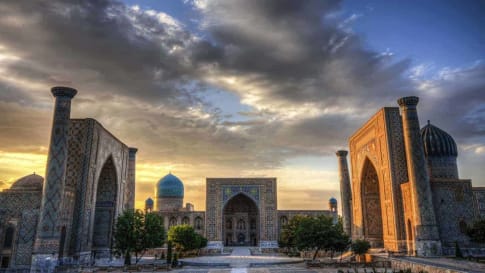
29 days
Aug, May, SepTravel on the Silk Road with Odyssey Traveller | Small Group Tour for Seniors
Visiting China, Kyrgyzstan
The Silk Road is an ancient trade route linking China and Imperial Rome through Central Asia. Few areas in the world remain as unexplored or offer such richness in terms of ancient and modern history, culture, and scenic diversity as Central Asia. Our Small group Silk road tours itinerary explores the Road through remote deserts and mountainous environments as we visit key sites between Xi'an and Bukhara.
From A$18,750 AUD
View Tour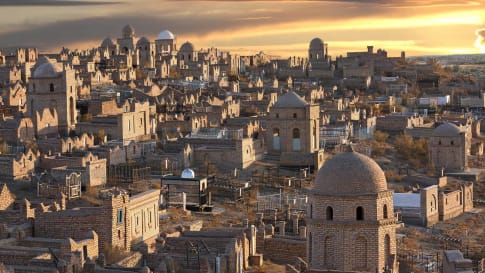
27 days
May, AugThe Stans Small Group Tour: Uzbekistan, Kazakhstan, Kyrgyzstan, and Turkmenistan
Visiting Kazakhstan, Kyrgyzstan
This Odyssey is designed for the adventurous traveller, a couple or solo traveller on a small group tour who is prepared for a range of accommodation styles, for walking excursions and some long travel days in 3 Central Asian countries. The program combines experiences with great scenery, ancient and modern histories, family visits and lifestyles that differ dramatically.
From A$16,750 AUD
View TourArticles

Silk Road Explorers - "Imperialist Villains"
The Silk Road on the most famous overland trade routes from Asia to the markets of Alexandria and onto Venice. Article for mature and senior couples and solo travelers interested joining a small group tour starting in Xian through to Uzbekistan.
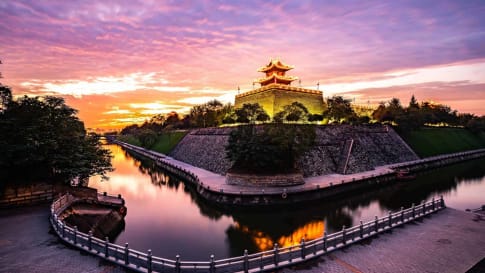
Xi'an, the Beginning of the Silk Road: Definitive Guide for Travellers
Xi’an, the Beginning of the Silk Road The bustling city of Xi’an (“Western Peace”) in China‘s Shaanxi Province is one of China’s oldest cities and perhaps also its most culturally significant: as the ancient city…


